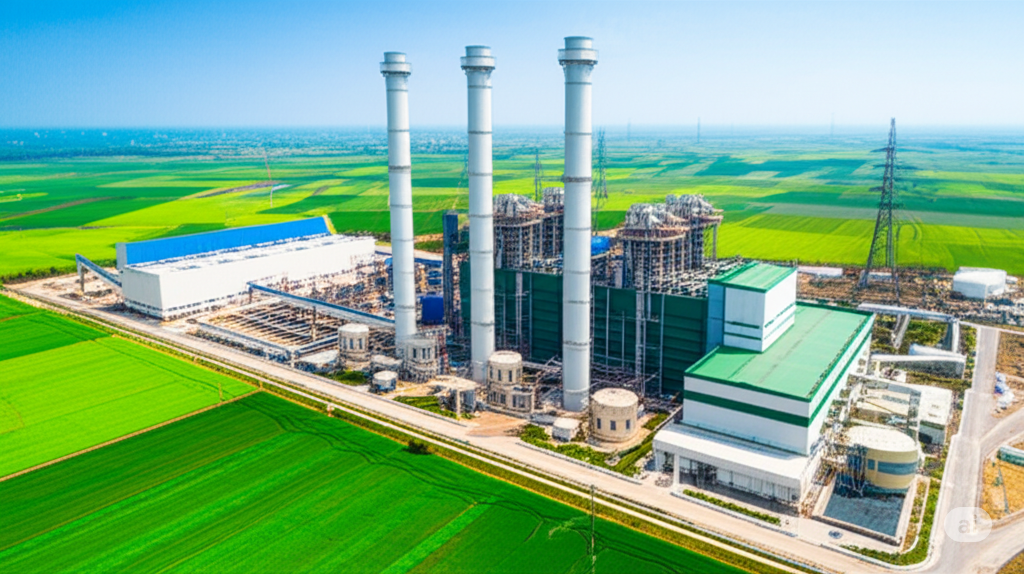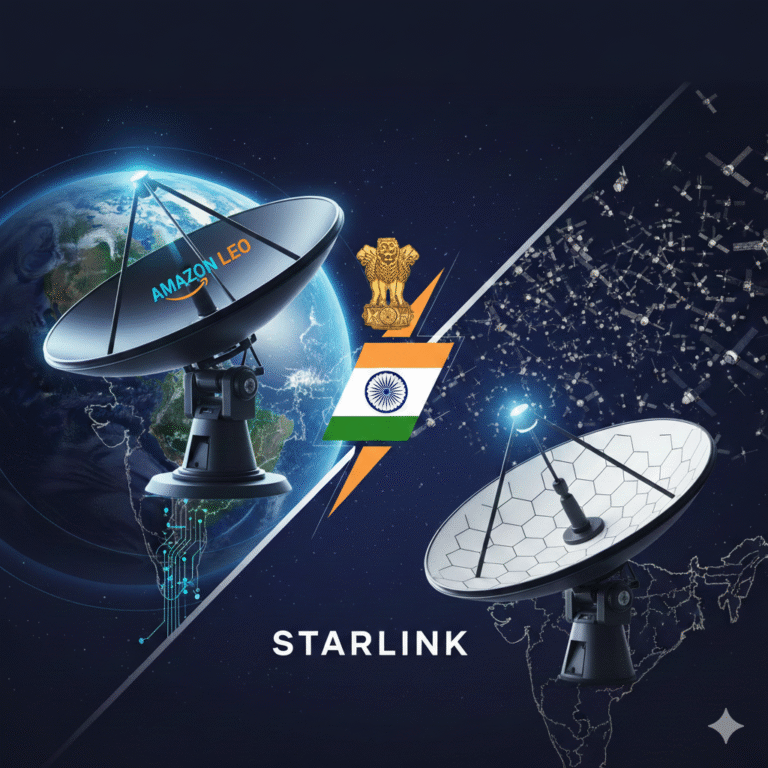India’s economic ambitions are soaring, and its appetite for energy is at an all-time high—an additional 6,400MW must be brought online to drive growth in industries, homes, and the farm sector alike. But every advance in power generation brings a dilemma: how can the nation meet huge and immediate energy needs, without compromising its climate commitments? The answer lies in smarter, cleaner engineering and an ecosystem where power reliability directly fuels agri-tech innovation.
This blog dives into India’s urgent energy expansion, how CarbonLite thermal solutions are making conventional power greener, and why consistent electricity isn’t just a basic need—it’s a springboard for agricultural technology, food security, and rural prosperity.
Key Highlights
- India faces the challenge of meeting a massive 6,400MW energy demand while upholding climate commitments and decarbonization targets.
- Advanced engineering and CarbonLite solutions are making even thermal power plants cleaner through efficiency upgrades and carbon-reducing innovations.
- Reliable, quality power is the lifeblood of modern agri-tech, enabling cold chains, smart irrigation, and high-value food processing.
- Energy decisions today will shape not just industry, but rural livelihoods, supply chains, and climate resilience.
- Balancing short-term energy security with long-term sustainability is possible—and necessary—through technology, innovation, and responsible policy.
Meeting the Demand: India’s Race for Reliable Power
India’s growth story is powered by huge infrastructure ambitions:
- New factories, growing cities, and a digitizing farm sector need non-stop electricity.
- An additional 6,400MW—enough to light up millions of homes—is required quickly, often from thermal sources (coal, gas) still dominant in India’s energy mix.
- The pressure to deliver is massive: outages slow economic momentum, frustrate investors, and stifle rural uplift.
Yet as the grid expands, the need to do so without spiking carbon emissions and derailing climate goals is clearer than ever.
Advanced Engineering and CarbonLite: Making Power Cleaner
India’s transition to cleaner energy isn’t just about adding solar and wind farms—it’s about transforming how existing thermal plants operate.
What Is CarbonLite?
- CarbonLite engineering refers to solutions that radically improve power plant efficiency and reduce their carbon footprint, even when using fossil fuels.
- This involves advanced boilers, superior turbines, waste heat recovery, and digital controls that curb fuel consumption and minimize emissions.
Cleaner Thermal Power—The Numbers
- Upgraded plants can cut CO₂ emissions by 15–30% compared to older technology.
- Integration of carbon capture systems and flue-gas cleaning make “dirty” plants far less harmful.
- Supporting a cleaner grid means essential electricity arrives with less climate cost—critical for bridging the gap while renewables scale up.
India is seeing increased adoption of CarbonLite retrofits, with leading utilities investing in both efficiency and compliance with stricter environmental norms.
Energy for Agri-Tech: Why Reliable Power Is Core to Food Security
Consistent electricity isn’t just about urban comfort—it’s a game-changer for agriculture and rural livelihoods.
1. Cold Chain Logistics
- Perishable produce—milk, fruit, vegetables—require cold storage and refrigerated transport.
- Quality power ensures foods stay fresh and safe from farm to market, reducing waste and boosting profits.
2. Smart Irrigation
- Modern systems use sensors, timers, and remote control for precise water management.
- 24/7 power allows farmers to irrigate when needed, optimize resource use, and guard against drought.
3. Food Processing and Value Addition
- Plants that process, package, and preserve food rely on high-capacity, stable electricity.
- This supports job growth, export opportunities, and the rise of rural enterprise.
4. Agri-Tech Innovation
- Drones, automated sorting, real-time supply chain platforms—all depend on robust electrical infrastructure.
- Reliable power lets startups experiment, scale, and bring disruptive solutions to market.
India’s push for energy reliability means more than GDP—it lays the foundation for a farming revolution that will feed and employ millions.
Sustainability at Scale: Can Energy Security and Climate Goals Coexist?
India’s climate commitments—slashing emissions intensity by 33%–35% by 2030, and boosting renewables to 50% of installed capacity—seem at odds with rapid thermal expansion. But a balanced approach is emerging:
- Cleaner thermal plants (CarbonLite) buy time and flexibility while integrating renewables and storage into the grid at scale.
- Hybrid smart grids mix solar, wind, and upgraded conventional power, ensuring stability while lowering average emissions.
- Policy and incentives support both power reliability and green transformation, offering subsidies, credits, and fast-track approvals based on carbon outcome.
Ultimately, the real challenge isn’t choosing security or sustainability—it’s using technology and smart policy to achieve both. Every upgrade in thermal efficiency, every new solar panel, and every investment in grid modernization brings synergy to this balance.
The Indirect Ripple Effect: Power Fuels the Agri-Tech Ecosystem
By ensuring energy security, India breathes life into a modern, connected rural economy:
- Farmers can store, process, and transport food without fear of spoilage or shutdowns.
- Urban and export markets open up, attracting investment in rural supply chains.
- More women, youth, and smallholders join the formal economy—thanks to tech-enabled infrastructures powered by reliable electricity.
- Climate-resilient agriculture thrives, with energy supporting adaptation to weather shocks and volatile water availability.
Next Steps: Strategies for a Balanced, Resilient Energy Future
India’s leaders, utilities, and innovators can work together to:
- Accelerate CarbonLite upgrades at older plants and new installations.
- Scale renewable integration—wind, solar, and bioenergy—with robust storage and digital grid controls.
- Invest in rural power reliability, prioritizing agri-tech hubs and food corridors.
- Encourage public-private partnerships for clean energy R&D, especially in sectors tied to food security.
- Enhance policy incentives that align energy expansion with strict climate compliance.
Takeaway: Power with Purpose—India’s Recipe for Growth and Sustainability
India’s energy expansion is a story of balance, innovation, and inclusivity. Cleaner thermal power, advanced engineering, and thoughtful policy are enabling the country to meet its huge demand for reliable electricity while keeping climate promises. The indirect benefits—richer agri-tech, stronger cold chains, better rural livelihoods—highlight why sustainable energy is central to food security and future prosperity.
India’s path forward is clear: harness every watt, every innovation, and every policy—so energy security and sustainability work hand in hand, shaping lives from plant to plate, city to field.









+ There are no comments
Add yours